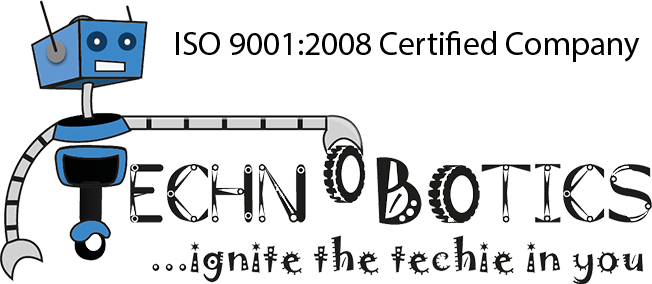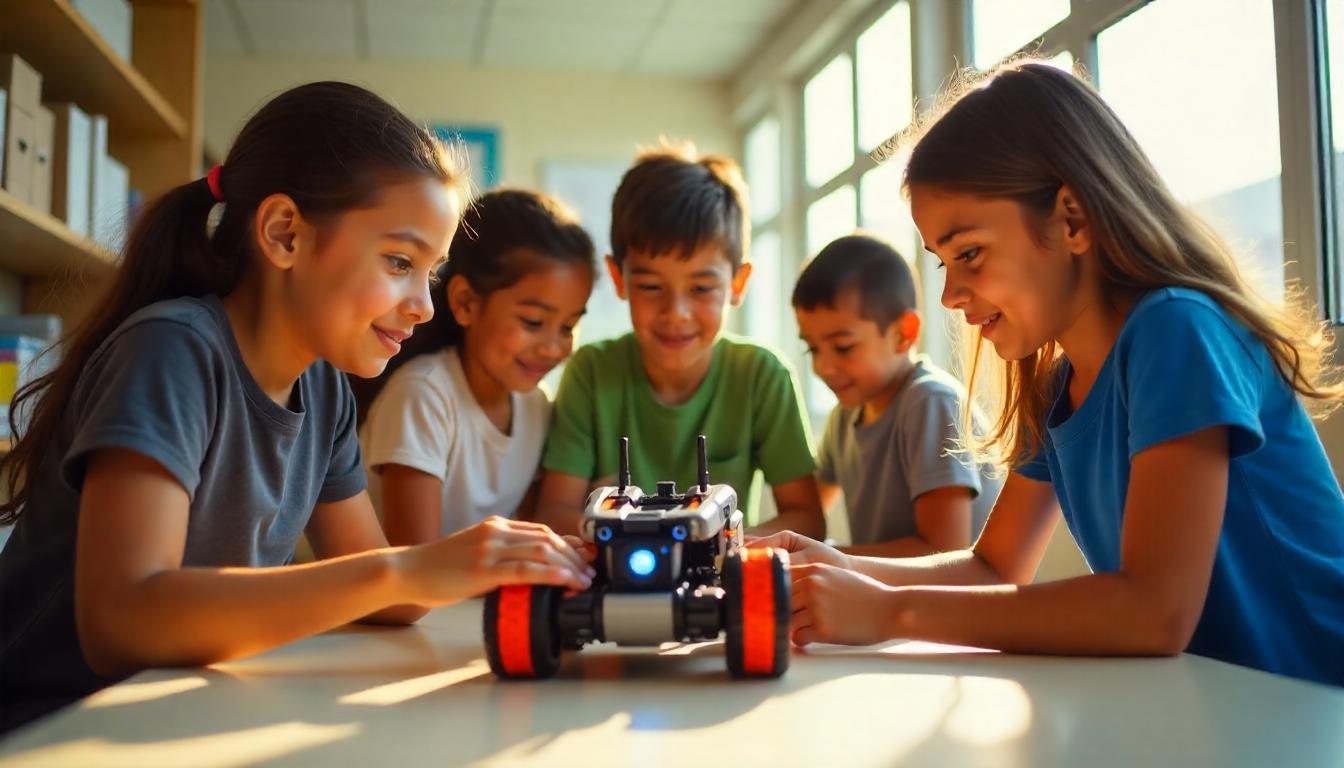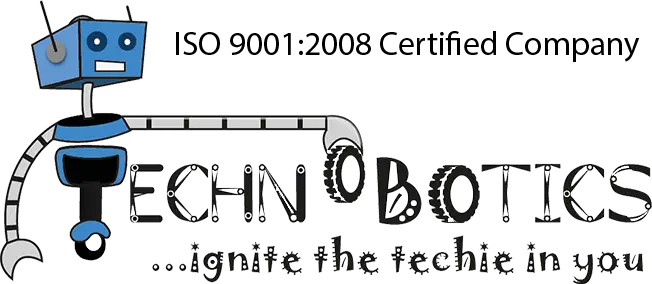In the fast-evolving world of technology, the future is no longer a distant dream—it’s already taking shape. As innovation surges forward, the students of today will be the ones driving it tomorrow. But here’s the catch: To lead the charge in fields like robotics, artificial intelligence, and automation, they need more than just traditional lessons—they need hands-on, immersive experiences. The introduction of Robotics Engineering in schools is about laying the foundation for a generation of creators, thinkers, and problem-solvers who will shape the world in unimaginable ways.
Imagine a classroom where students aren’t just reading about technology but are actively designing, building, and programming robots. That’s the power of Robotics Engineering. It’s a game-changer for young minds. From boosting critical thinking to igniting creativity, robotics in the school system is doing far more than teaching kids how to code.
Robotics in Elementary Education: The Foundation of Innovation
Introducing Robotics Engineering to elementary education opens doors to a world of endless possibilities. Rather than passively absorbing information, students actively engage with technology. By creating robots, they experience programming, mechanical design, and engineering firsthand. This hands-on approach fosters a deeper understanding of STEM (Science, Technology, Engineering, and Mathematics) subjects, sparking curiosity that will last into the future.

Early exposure to robotics prepares students for deeper learning in high school and beyond. It shifts them from learning about technology to creating it, giving them a head start in fields vital to tomorrow’s economy.
Problem-Solving: A Key Skill That Robotics Instills
One of the most valuable lessons Robotics Engineering teaches is problem-solving. Building a robot isn’t always straightforward, and students quickly encounter challenges. Whether it’s fixing a bug in the code or troubleshooting mechanical issues, robotics forces them to think critically and find creative solutions.
The trial-and-error process teaches perseverance. Students learn that failure isn’t the end—it’s part of the learning process. This resilience translates into real-life skills that will serve them in countless situations.
The Power of Computer Programming: Making Coding Accessible
In today’s digital age, computer programming is an essential skill. Robotics Engineering offers an engaging way to learn it. Instead of abstract coding exercises, students see the immediate effects of their code in real-world robots. This instant feedback makes learning programming fun and accessible.
Working with robots helps students apply coding skills to achieve tangible results, making abstract concepts more relatable. This practical experience builds a deeper understanding of logic, structure, and problem-solving, preparing them to excel in tech-related fields.
Collaboration in Robotics: The Key to Success
The collaborative nature of Robotics Engineering is another major benefit. Students rarely work alone—they must communicate, delegate tasks, and solve problems together. These teamwork skills are invaluable, especially as students prepare for careers where collaboration is essential.
In robotics projects, each student contributes unique skills—whether it’s coding, design, or troubleshooting. This division of labor teaches them how to leverage each other’s strengths and work toward a common goal, helping them develop crucial interpersonal and professional skills.
Sparking Creativity and Innovation in Every Student
While robotics is rooted in technical skills, it also encourages creativity. Students are given the freedom to experiment with designs and innovative solutions to problems. This creative freedom fosters a mindset of innovation that extends beyond robotics and into other areas of life.
Through Robotics Engineering, students learn that technology isn’t just about following instructions—it’s about creating something new. This ability to think outside the box nurtures a passion for innovation, key to solving tomorrow’s complex challenges.
Preparing Students for the Careers of Tomorrow
The demand for skilled workers in fields like robotics, AI, and automation means that students who engage with Robotics Engineering are positioning themselves for success. Early exposure to robotics helps students build the technical skills they’ll need in a rapidly changing workforce.
Careers in robotics and related fields are not only lucrative but in high demand. By gaining hands-on experience with Robotics Engineering, students gain exposure to technologies revolutionizing industries, giving them a competitive edge in a tech-driven job market.
Building Confidence and Resilience for the Future
An often overlooked benefit of Robotics Engineering is the confidence it builds. When students work through challenges and successfully build a functioning robot, they experience a strong sense of accomplishment. This confidence is essential as they take on new challenges, both in academics and in life.
Moreover, robotics teaches resilience. Not every robot will work perfectly on the first try, and students must learn to refine their designs and troubleshoot issues. This persistence—learning from failure and improving—is a vital life skill.
Conclusion: Shaping Tomorrow’s Innovators Today
Integrating Robotics Engineering into the school system goes beyond teaching technical skills. It’s about developing tomorrow’s innovators—students who are equipped to tackle complex problems, think critically, collaborate effectively, and create new technologies.
By giving students the opportunity to engage with robotics, we’re preparing them for careers in fields shaping the future. The robots they build today are just the beginning. The skills they develop—problem-solving, creativity, teamwork, and resilience—will empower them to lead the way in the world of tomorrow.


